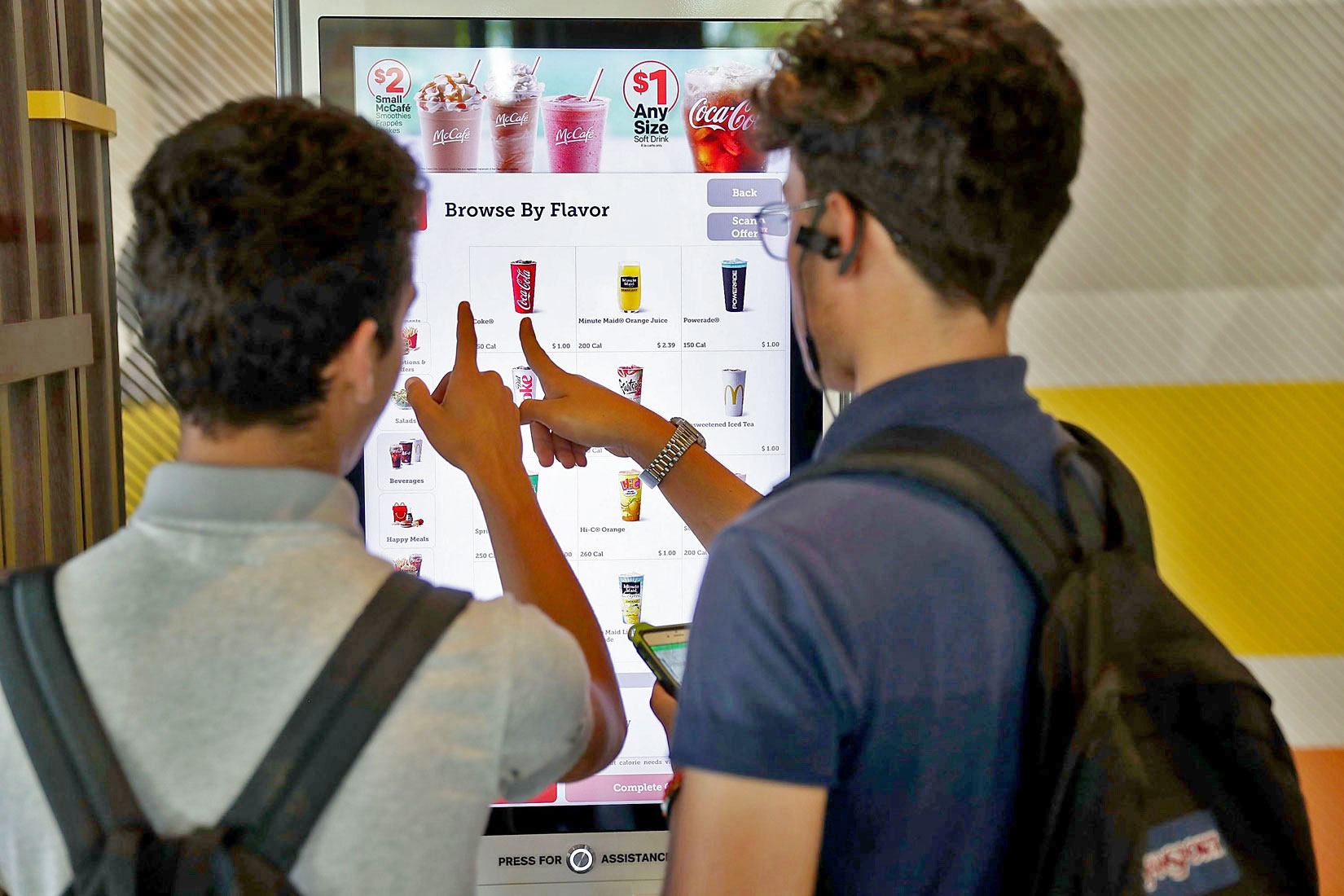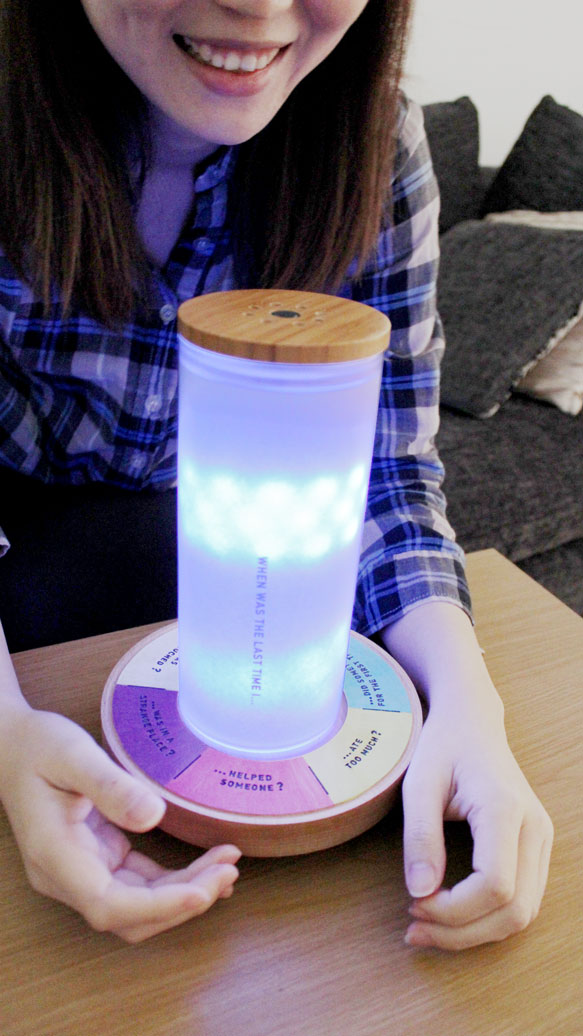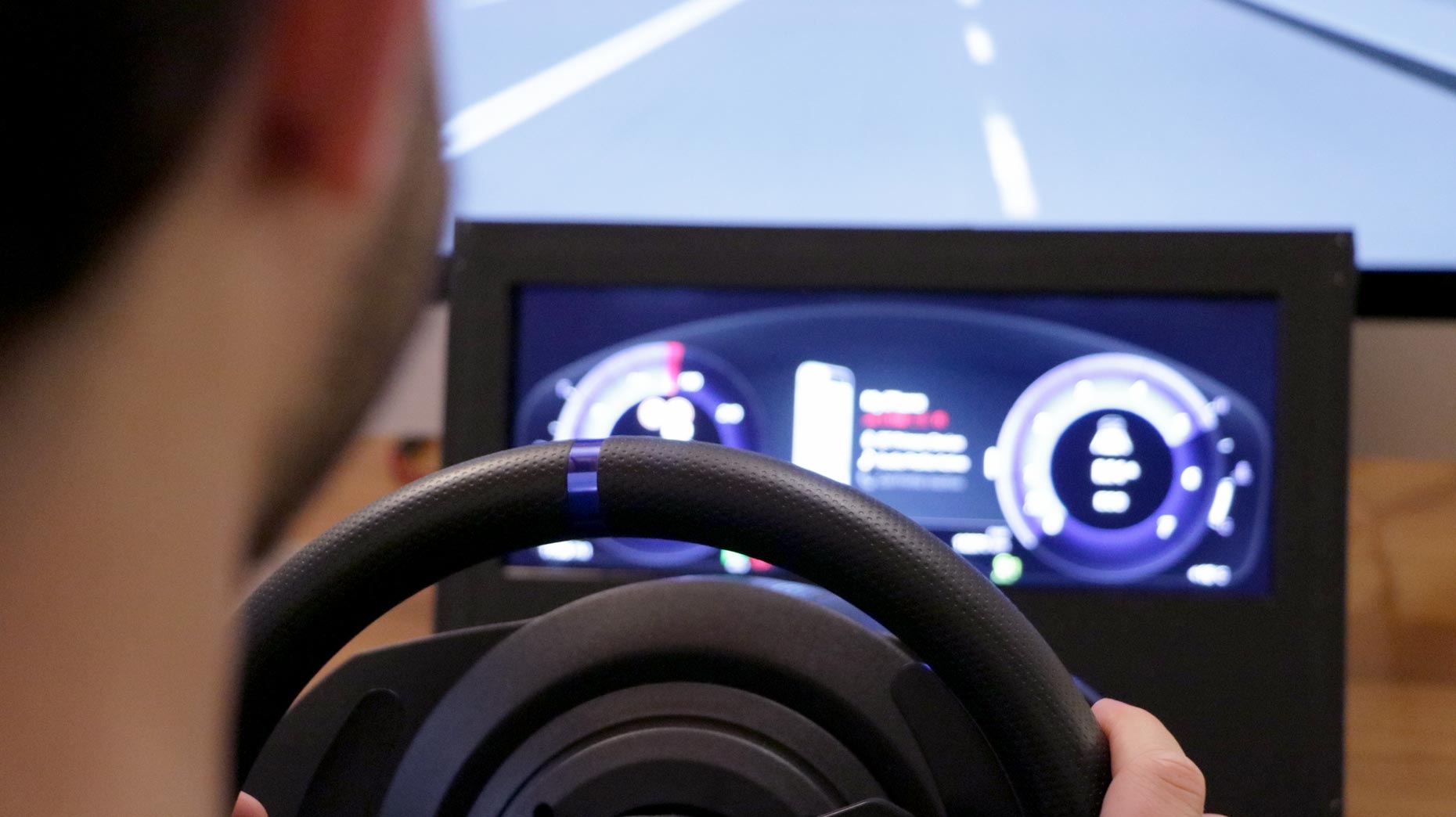Self-service systems in retails with multiple touch screens have been exponentially increased in the past several years, creating tons of new business opportunities. Countering the tight market margins, 3M was eagerly looking for their own positions and sales assets.
For a multinational conglomerate corporation Experientia srl was commissioned to gather industry emerging trends, insights, customers’ needs via expert interviews and desk research, ultimately modelled future applications, usage scenarios and design directions as a playbook. By it, touchscreen manufacturers can start customer experience (CX)- focused conversations while facing retail brands/ operators, further take their brands Direct to Customer (DTC).
In the process, I was in charge of project frameworking, CX architecture and scenario and idea development, side by side working with business strategists, anthropologists and graphic designers.
Project backgrounds and objectives
Being aware of the competition of smart display applications, especially onto retail self-service retailer, our client was keen to figure out new opportunities, value propositions and a set of new sales tools for reaching out to different customer profiles.
Process
Market landscaping
Analyse worldwide benchmarks & map out value webs
Expert interview & field observation
Understand changing operators, users, as well as customers
Analysis and modelling
Identify trends, needs, new opportunities & value propositions
Ideas and sales tool creation
Create a playbook – engaging B2B storytelling assets
Market landscaping
Analyse worldwide benchmarks
Best practices of intelligent self-service systems at global level were gathered and then divided into five segments — vending, self-ordering, dispensing, ATM and others. Each segment was inspected with focus on contextual technologies and value propositions, which produced a number of overarching themes for further conception development.


Map out value webs
We modeled a value web, which mostly presented the stakeholder networking across different intelligent self-service systems of our client. This created a very clear overview of the overall context and the roles of the client.
Based on the web, we came up with a variety of issues, pain points and opportunities, which was good for generating scenarios and ideas later on for the B2B sales tool. We also used this value web to direct our study guide of the following expert interviews.

Expert interview & field observation
Understand changing operators’ and users’ needs for self services
To obtain first hand accounts on how the paradigms are changing around the world, on how the innovation shifts across technologies and companies and on what kind of process flow and content is creating opportunities for ISS (Intelligent Self Services) systems and services, we interviewed around ten experts from relevant areas: vending machine manufacturers, tech companies, component supplier, top retailers, academic researchers and design consultants.
The interview results let us understand B2B operators’ changing needs, the push and pull factors in the self-service market value chain and the current and changing paradigms around touch screens usage contexts, trends and future visions, conclusively revealing opportunities, the SWOT of the client in the ecosystem, as well as consumer experiences (CX) of ISS. It positions design strategies for the long view.

Understand customers’ pain points and usage context
Using ISS for purchasing, ordering and managing financial matters is an emotionally driven experience. Even slight improvement of customer (end user) experience can enable business growth and retain the customer base.
Thus, parallel with the expert interviews, we conducted simple field observations in retail, for example, fast food, coffee bars and pharmacies, and then documented the process along together with customers’ desires, pain points, ISS system user interface key elements, ending up marking a few of Moments that Matter (MtM).


Analysis and modelling
Identify trends, needs, new opportunities and value propositions
We examined the raw data of the expert interviews and then looked into patterns, ultimately coming out with handful of significant trends and insights.
Informed by the experts, the client and the big picture from the value web, we built three potential client profiles — outsider, hesitant and assessor through running a value proposition map workshop.
With handy insights from the previous research, we deliberated and picked up How Might We (HMW) questions and executed a session of idea conception.



Ideas and sales tool creation
Create a playbook- engaging B2B storytelling assets
Based on ideas just generated, we started thinking how to convey CX value throughout the operator value web initialised by the client. A teaser featuring playful-exploratory involvement and customer (end user) stories would be a direction.
Thereby we conceived a playbook which comprises a booklet of ISS customer usage scenarios and a set of idea cards with an assessment map:
・Customer (end user) scenarios, supplemented with global trends and insights, inspire client internally perceptions as well as motivating retail brands/ operators on what the future might look like.
・Ideas and impact mapping invoke retail brands/ operators to think deeply more on what they can innovate regarding ISS next step.
The whole playbook informs retail brands/ operators that our client moving from component manufacturers into CX-oriented solution providers.


Creating the scenarios for ISS products, we focused on extracting a factor synthesis combining different customer drivers, trends in the market, new technologies and product feature ideas informed by the previous research. Matching different categories we created scenarios for each product segment, translating them into engaging visual scenarios.
Accompanied by scenario formulation, 50 ideas were brought forward to create a better experience for both internal and external operators of ISS, as well as customers, covering the areas of:
Internal:
・B2B services
・B2B sales tools
・Marketing campaigns
External:
・Customer experiences
・Product features
・Content strategies
Each idea can be placed on an impact map through collaboratively work for assessing its feasibility and innovation respectively, directing the product roadmap for short-term and long-term business opportunities.



After all, throughout summarising findings and creation, next to the playbook we developed design guidelines and strategic recommendations, designed to guide our client in the implementation of future services.
Results and Impacts
Inspired by us, 3M received the initial insights of the next step of their product and service, with a deep understanding about operators’ needs, profiles and customer experiences. 3M’s interests on customer experiences oriented business strategies were also sparked. In April 2018, they used the playbook as materials for inner sales team training.




